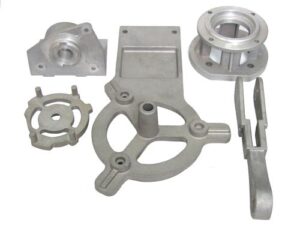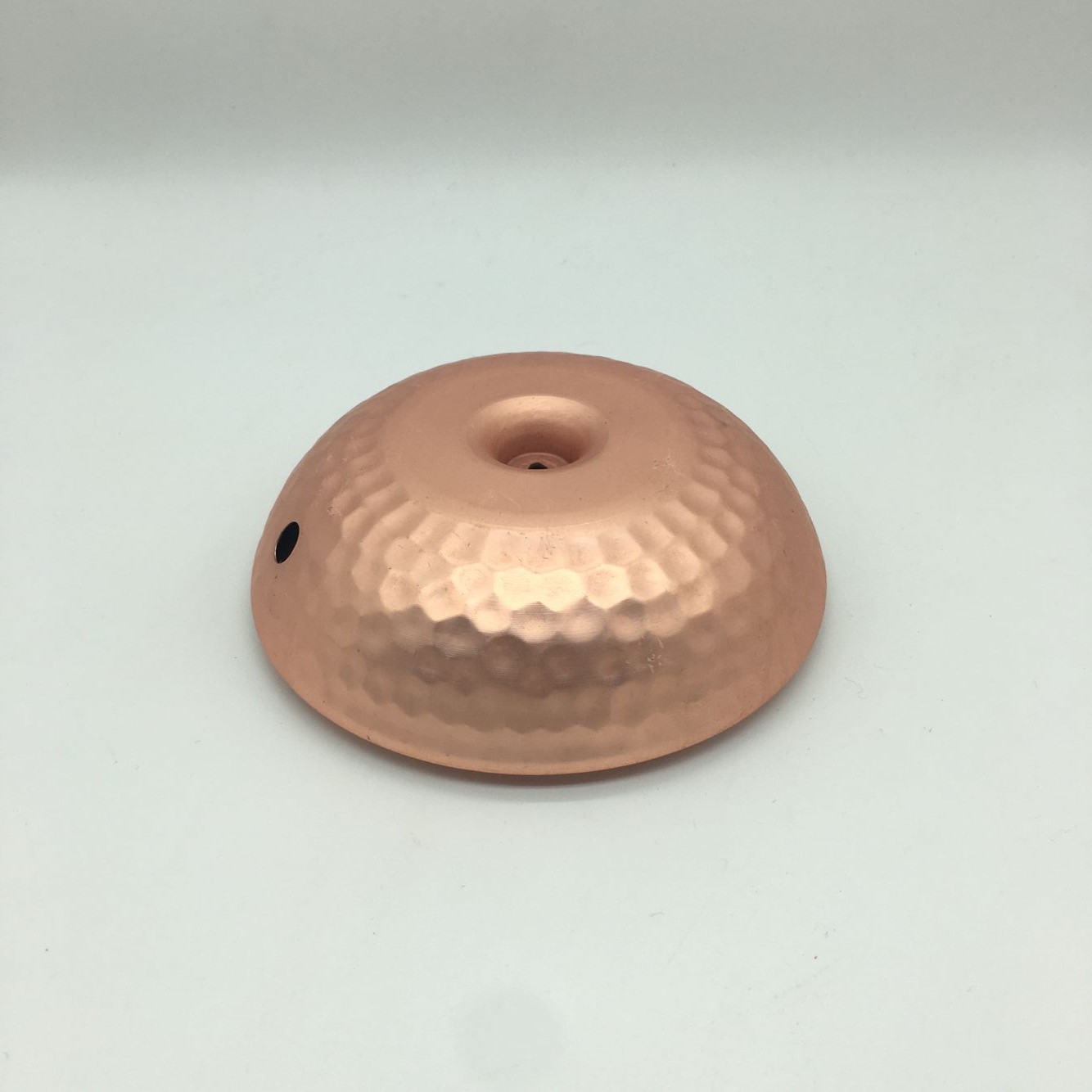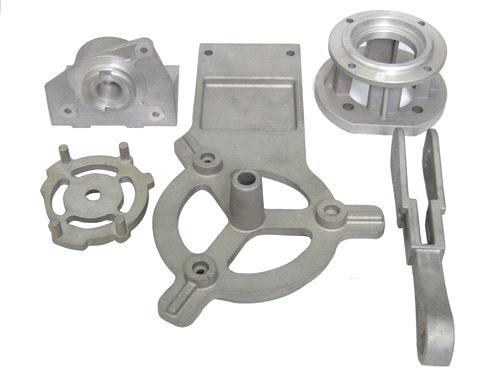
Gravity casting, also known as permanent mold casting, is a widely used metal casting process where molten metal is poured into a reusable mold under the influence of gravity. While it offers advantages like good dimensional accuracy and surface finish, several defects can occur if proper precautions are not taken. Below are key strategies to minimize or eliminate common gravity casting defects:
1. Porosity (Gas & Shrinkage Porosity)
Causes:
Entrapped air or gases in the mold cavity.
Improper venting.
High pouring temperature leading to excessive shrinkage.
Preventive Measures:
Proper Mold Venting: Ensure adequate vent channels to allow gases to escape.
Degassing Molten Metal: Use degassing agents or vacuum degassing to remove dissolved gases.
Optimize Pouring Temperature: Avoid excessively high temperatures to reduce shrinkage porosity.
Use of Chills: Place chills in critical sections to promote directional solidification.
2. Cold Shuts & Misruns
Causes:
Low pouring temperature.
Slow filling leading to premature solidification.
Preventive Measures:
Increase Pouring Temperature: Ensure the metal remains fluid enough to fill the mold completely.
Improve Gating System: Design sprue and runners for faster, smoother metal flow.
Preheat the Mold: Maintain mold temperature (typically 150–300°C) to delay solidification.
3. Inclusions (Oxides & Slag)
Causes:
Contaminants in molten metal (slag, oxides, sand).
Turbulent metal flow introducing impurities.
Preventive Measures:
Proper Skimming: Remove slag and oxides before pouring.
Filter Systems: Use ceramic filters in the gating system to trap inclusions.
Laminar Flow Design: Avoid turbulence by optimizing gating and runner geometry.
4. Shrinkage Cavities
Causes:
Poor feeding due to inadequate riser design.
Uneven cooling rates.
Preventive Measures:
Riser Design: Use properly sized risers to feed molten metal during solidification.
Directional Solidification: Ensure the casting solidifies progressively toward the riser.
Simulation Software: Use casting simulation to predict and optimize solidification.
5. Mold Erosion & Metal Penetration
Causes:
High-velocity metal flow damaging the mold surface.
Poor mold coating or low mold hardness.
Preventive Measures:
Mold Coating: Apply refractory coatings (e.g., graphite or ceramic) to protect the mold.
Control Pouring Speed: Avoid excessive turbulence by controlling tilt pouring (if using tilt casting).
6. Dimensional Inaccuracies & Warping
Causes:
Non-uniform cooling.
Mold distortion due to thermal cycling.
Preventive Measures:
Uniform Mold Heating/Cooling: Maintain consistent mold temperature.
Proper Ejection Time: Allow sufficient cooling before ejection to prevent distortion.
7. Hot Tears (Cracking)
Causes:
Thermal stresses during solidification.
Restricted contraction due to mold design.
Preventive Measures:
Modify Mold Design: Avoid sharp corners; use fillets to reduce stress concentration.
Optimize Cooling Rate: Control solidification to minimize thermal gradients.
General Best Practices:
Mold Maintenance: Regularly inspect and repair molds to prevent wear-related defects.
Process Control: Monitor and control key parameters (temperature, pouring speed, cooling rate).
Quality Inspection: Use X-ray, ultrasonic testing, or dye penetrant inspection to detect hidden defects.
By addressing these factors, gravity casting defects can be significantly reduced, improving yield and product quality. Advanced techniques like simulation-assisted design and automated pouring systems further enhance consistency.





